Hardness measures the capability of a material to withstand external force while maintaining its structure and form. Nanoindentation is one of the Park AFM modes that determine the hardness of a local region. Its application includes hard coating (titanium nitride), microelectronics (reliability of metal bonds), thin film technology (adhesion failure), and polymers. By pressing down on a sample with a sharp tip as shown in Figure 1, an indent is made. The depth and area of the indent are correlated with the hardness. Other properties such as elasticity, adhesion, creep, and tribology can also be calculated from the indentation data.
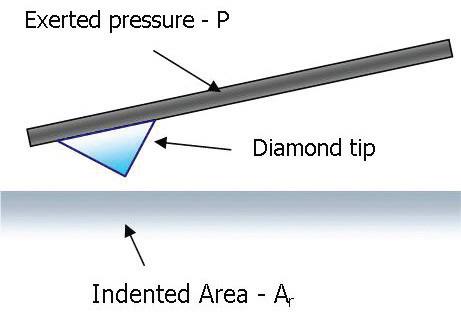
Figure 1. (Left) NanoIndentation measures the hardness of a local region by pressing the indenter tip Into a sample.
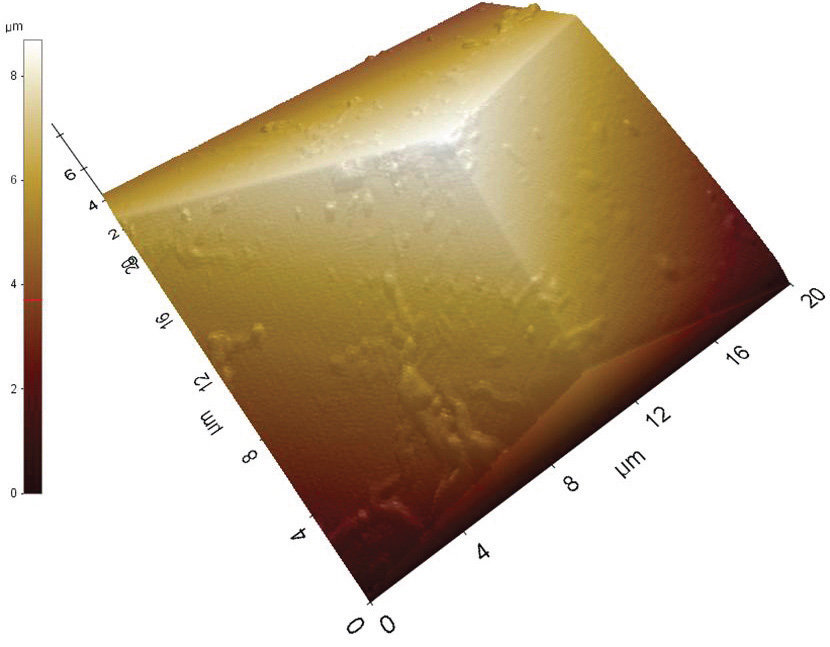
Figure 2. The image of Berkovich indenter. The image was taken using True Non-Contact™ mode by the Park AFM. This kind of image can be only taken by True Non-Contact™ mode, and impossible to image by either tapping or contact AFM.
The indentation itself is very simple. The difficulty lies in the analysis. The important factors in this technique are the force calibration and the depth, or so-called displacement. The force constant of a cantilever, the shape of the tip, and other mechanical properties such as tip glue determine the total force exerted onto a sample. Therefore, the accurate imaging of the shape of the indenter as shown in Figure 2, becomes a huge advantage when it comes to reliable force calibration.
Only the unique capability of True Non-Contact™ mode with Park AFM can accomplish such imaging of the Berkovich indenter. Coupled with the spring constant calibration by a reference cantilever array (see Spring Constant Calibration by Reference Cantilever Array), the force calibration in Park AFM is unparalleled in its accuracy and reliability. As for depth sensing, accurate detection of the bending of the cantilever and mechanical simulation of the system are important.
The SEM image of our MEMS fabricated cantilever, made by the ECM technique, is shown in Figure 3. Its merit is that the cantilever has a well-defined actuation part, so that one can accurately predict the mechanical characteristics. A common indenter is a three-sided pyramidal single-crystal natural diamond tip, a Berkovich indenter. A sharper indenter may be more effective in high resolution & sensitivity indentation, but it is very difficult to simulate and get quantitative results from such sharp tip features. The advantage of Berkovich indenter is that we can simulate the result and make a quantitative force measurement without damaging the indenter tip.
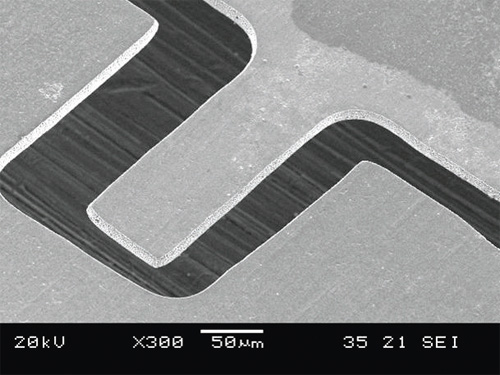
Figure 3. SEM image of Park Systems’s cantilever beam.
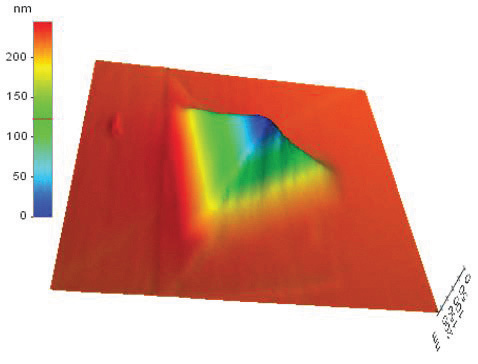
Figure 4. An upside down image of a Nanoindentation pit, taken by True Non-Contact™ mode of the Park AFM .
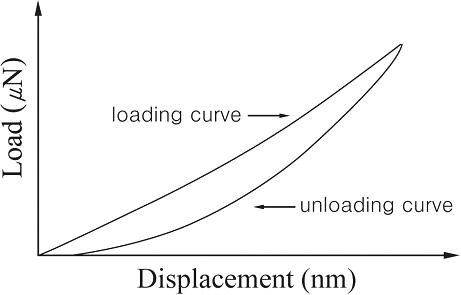
Figure 5. A loading and unloading displacement curves during nanoindentation.
The indenter is mounted on a beam such that one sharp edge is parallel to the long axis of the beam. Then the indenter stresses the surface of a sample at a specified force for about 1-2 seconds. The resulting indentation pit has a distinct geometry which can be characterized using a high precision AFM as shown in Figure 4. Moreover, AFM is the only method capable of exact geometry determination of such tiny areas. It goes without saying that True Non-Contact™ mode of Park AFM enables a very accurate and reliable imaging of the indentation tip.
Hardness is calculated by dividing the loading force by the projected residual area of the indentation. Besides hardness, the Young's modulus of elasticity can be obtained from the slope of the unloading curve. Typical loading and unloading displacement curves during a Nanoindentation cycle are depicted in Figure 5.
The hysteresis indicates that the deformation is not fully elastic. For compliant materials, the loading and unloading curves would be closely identical since the deformation is mainly elastic. Here, Nanoindentation is primarily used for determination of elasticity and viscoelasticity.




